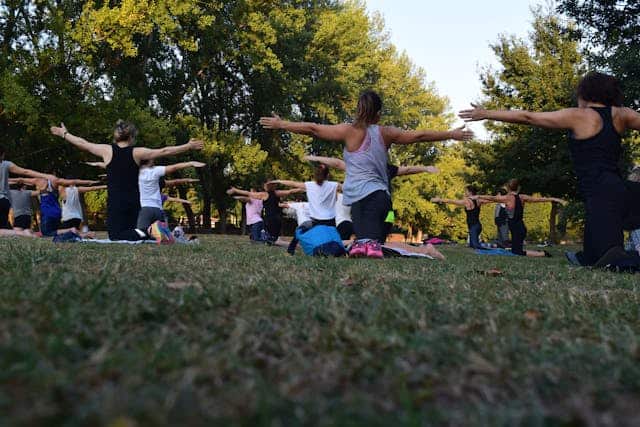
Sedentary behaviors negatively related to depressive symptoms in college students: The roles of type and duration of sedentary behaviors
March 20, 2025
Protecting the Next Generation by Unplugged Canada
April 7, 2025A new publication entitled “Sedentary behaviour and level of physical activity among people with post COVID-19 condition: associated factors and changes over time” was recently published in BMC Research Notes. A summary and citation is included below.
ABSTRACT
Objective
To explore the associations between daily time in sedentary behaviour (SED) and physical activity (PA) with perceived physical capacity, health-related quality of life (HRQoL) and fatigue in persons with post COVID-19 condition (PCC). An additional objective was to describe changes in SED and PA levels over three months.Materials and methods
Individuals with PCC self-reported on physical capacity, HRQoL and fatigue. Accelerometers were used to assess daily SED and light (L), or moderate/vigorous (MV) PA, and data were collected during seven consecutive days at two assessments occasions three months apart. Spearman’s rho and Wilcoxon signed rank test were applied in data analyses.Results
Fifteen individuals with PCC were included, all women with a mean age of 48 years. A significant positive correlation (rs =0.65) was found between perceived physical capacity and time spent in MVPA. A significant negative correlation (rs = − 0.56) was found between fatigue and time spent in MVPA. No correlations were found for SED, LPA and HRQoL. There were no significant differences in SED and PA levels over time.Conclusions
We found that good perceived physical capacity and low self-reported fatigue were moderately associated with more daily time in MVPA in persons with PCC. Hence, it is important to evaluate physical activity and fatigue when recommending PA among people with PCC.
CITATION
Östlind E, Tornberg ÅB, Ekstrand E, Axén I, Brogårdh C, Fänge AM, Stigmar K, Hansson EE. (2025). Sedentary behaviour and level of physical activity among people with post COVID-19 condition: associated factors and changes over time. BMC Res Notes, 18(1):119. doi: 10.1186/s13104-025-07177-4.
Photo by Rui Dias on pexels




